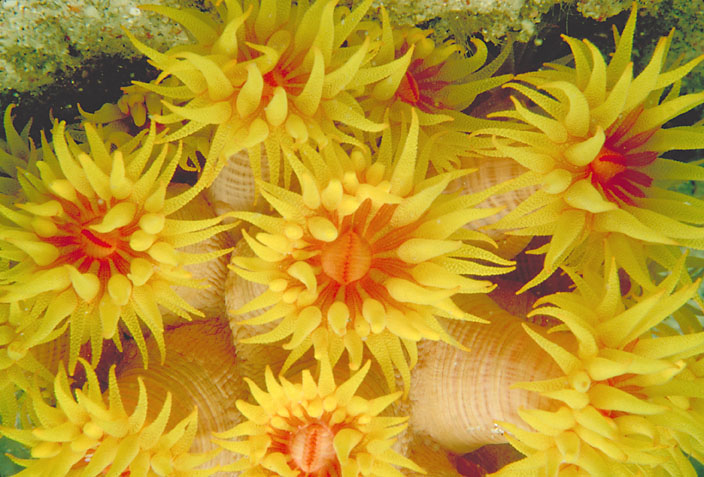I didn’t think I really ever would see the day when a flying car or hovercraft would be made! It’s exciting to think that our very own military is working to create a new futuristic flying car! We have to take into account, there would be many precautions and limitations before just ANYONE could drive one, but isn’t it cool to just think about it?
My mom and I regularly browse through old newspapers that she has kept from when she was a little girl. One that stood out to me was one titled “Flying High in 2009”. When taking a closer look, it goes on to describe a modernized city with flying copters and landing ports. This article came out in the 70’s! It’s interesting how so many people in the past have put in great amounts of thought about the technology of the future. By the future I mean a modern world with flying hovercrafts and a cliché city similar to a scene alien movie. It’s funny how so much detail was put into that little article and nothing from it is true currently at all.
Although we are making progressions, and when the US Army decides to release their civilian car, the Transition, it will be a long time until plans are fulfilled. How is this safe? There are so many concerns that come along with new technology such as this.
One great feature about this flying car is that it rides like a car on the ground, flies in the air like a helicopter, and it has an automated flight control so you don’t need to be a trained pilot.
Terrafugia, one of the companies testing and producing the Transition, is eager to say that the car may appear as soon as 2015! I am very interested to see what becomes of this new piece of technology.
Terrifugia Military Car Terrafugia Website











